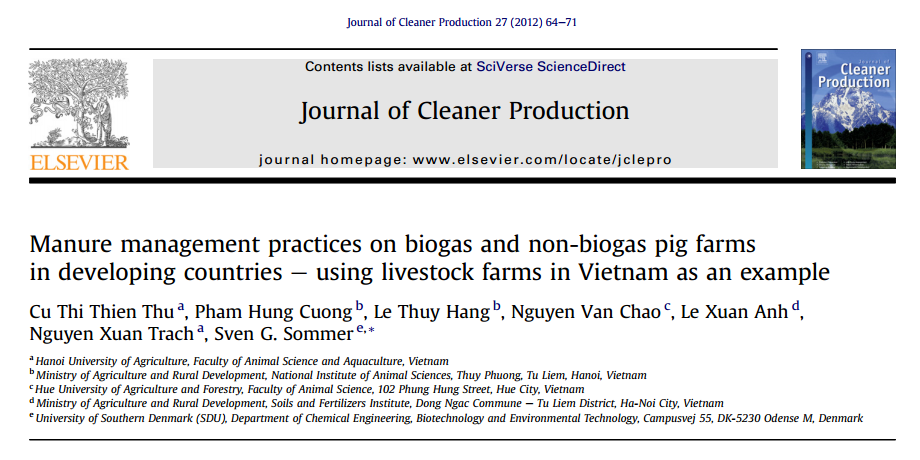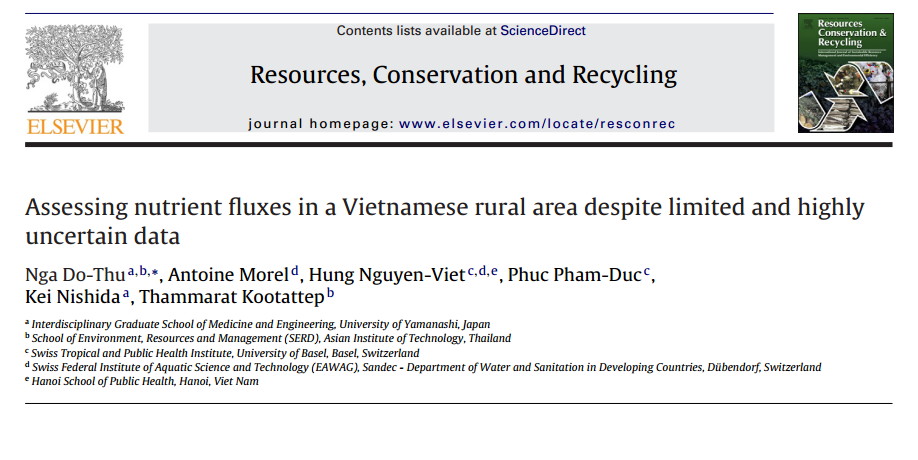REPORTS & PUBLICATION
REPORTS
Water Supply & Sanitation: India Assessment 2002
| Planning Commission Government of India
Working on this report at the Planning Commission of India has been an invigorating experience. At the same time, all through its writing, there were dilemmas of various kinds. It is important, at the outset, to outline at least some of these. The size of this report was essentially governed by the guidelines by WHO and UNICEF for the country assessments. The guidelines essentially were meant to ensure a degree of standardisation across country reports. Considering the size and diversity of India and the multiplicity of institutions involved in water and sanitation interventions across the length and breadth of India, one significant and obvious dilemma was that it was impossible to acknowledge each one of them. The fact that some institutions and some interventions have been referred to in this report does not in any way mean that the others are in any way less important or significant. This is particularly true of NGOs and their interventions and of the roles of the various external support agencies, which have in many instances, made invaluable contributions to the sector.

Manure management practices on biogas and non-biogas pig farms in developing countries using livestock farms in Vietnam as an example
2012 | Elsevier
This survey was carried out to study animal manure management on livestock farms with biogas technology (biogas farms) and without (non-biogas farms) in the areas surrounding the Vietnamese cities Hanoi and Hue. The objective of the study was to assess the contribution of biogas production to a better environment as well as to recognize the problems with livestock manure management on small-scale farms. On all the farms included in the study more than one manure management technology was used, i.e. composting, separation of manure, biogas production and discharge of liquid manure to recipients such as public sewers or ponds. On biogas farms, most of the manure collected was used for bio-digestion.

Assessing nutrient fluxes in a Vietnamese rural area despite limited and highly uncertain data
2011 | Elsevier
Material flow analysis (MFA) is a useful methodology to describe and quantify complex systems based on the law of mass conservation. It was further adapted to suit the specific conditions in developing countries where the available data is scarce and uncertain. The ˜adapted MF methodology optimises the number of parameters, describes these parameters as probability distributions and assesses the accuracy and uncertainty of the model values by Monte Carlo simulation.This study illustrates the first successful application of the adapted MFA methodology in a small and low-income area including two neighbouring communes in rural northern Vietnam, where environmental sanitation and traditional agricultural practices are strongly interlinked and have an impact on the surrounding environment. Moreover, data on this area is typically scarce and uncertain.
A guide for technology selection and implementation of urban organic waste utilisation projects in Cambodia
2011 | Institute for Global Environmental Strategies
Environmental sustainability is the key tool to support the socio-economic development of Cambodia with the crucial functions to maintain the balance between natural resources and human needs. Therefore, it is necessary to take environmental protection into account consistent with the socio-economic development. The Royal Government of Cambodia under the ideal leadership of Samdech Akka Moha Sena Padei Techo Hun Sen, Prime Minister of the Kingdome of Cambodia, in the context of environment, has adopted several legislations, for example, the Law on Environmental Protection and Natural Resources Management, Law on Natural Protected Areas, Law on Biosafety, and the four related sub-decrees as well, emphasizing its support and commitment to protect and manage the environment and natural resources in a sustainable manner.
Converting Waste Agricultural Biomass into a Resource: Compendium of Technologies
2009 | UNEP
Globally, 140 billion metric tons of biomass wastes are generated every year from agriculture equivalent to about 50 billion tons of oil. This energy can displace fossil fuel, reduce emissions of greenhouse gases and provide renewable energy to some 1.6 billion people in developing countries, which still lack access to electricity. As raw materials, biomass wastes have attractive potentials for large-scale industries and community-level enterprises. For efficient and effective conversion, appropriate selection of technologies is one of the vital pre-conditions. This compendium is compiled to assist in selection process for the technologies. This is a compilation of information about the technologies for converting waste agricultural biomass into material or energy resource. The technologies listed range from highly sophisticated equipment from industrialized countries to simple technologies from the developing countries. Different levels of use are also considered, i.e., commercial use, demonstration projects, and research level technologies. The technologies for different type of waste agricultural biomass and size of output are also considered. Technologies listed in the Compendium are limited to those that use cellulosic agricultural waste biomass.
Disaster Waste Management Guidelines
2011 | Joint UNEP/OCHA Environment Unit
Disaster waste is a well-recognized threat to health, safety and the environment, and can also be a major impediment to post-disaster rescue operations.Experience shows that disaster waste is often managed in an ad hoc manner, however, and that substantial improvements can be made in future response efforts. These guidelines, developed collaboratively by the Swedish Civil Contingencies Agency – or MSB for short – and the Joint UNEP/OCHA Environment Unit, aim to do just that. They represent much of the best current knowledge and lessons learned on disaster waste management, and provide national authorities and international relief experts alike with sound and practical advice to help them manage disaster waste. They were developed following a request by governments at the international Advisory Group on Environment Emergencies, and are based on extensive consultations with national and international stakeholders.These guidelines are an important start to improving the management of disaster waste. They must be complemented by efforts to ensure their uptake and regular use through a range of disaster management mechanisms. We look forward to working with a wide range of stakeholders to achieve this.
 The kNOwWaste Knowledge Platform was developed through a Project Cooperation Agreement funding by UNEP on 2016. The platform provides data and information on holistic waste management to stakeholders in Asia and the Pacific region. The platform was developed with the following aims: generate and consolidate data or information on holistic waste management, transform data into easily comprehensible outputs for use by key stakeholders, map out and disseminate information on international waste management projects under the GPWM and UNEP projects as well as other international partners, and provide capacity building support through dissemination of data or information support for relevant stakeholders on holistic waste and waste management system.
The kNOwWaste Knowledge Platform was developed through a Project Cooperation Agreement funding by UNEP on 2016. The platform provides data and information on holistic waste management to stakeholders in Asia and the Pacific region. The platform was developed with the following aims: generate and consolidate data or information on holistic waste management, transform data into easily comprehensible outputs for use by key stakeholders, map out and disseminate information on international waste management projects under the GPWM and UNEP projects as well as other international partners, and provide capacity building support through dissemination of data or information support for relevant stakeholders on holistic waste and waste management system.
 2024 © Regional Resource Center for Asia and the Pacific (RRC.AP). All Rights Reserved.
2024 © Regional Resource Center for Asia and the Pacific (RRC.AP). All Rights Reserved.
